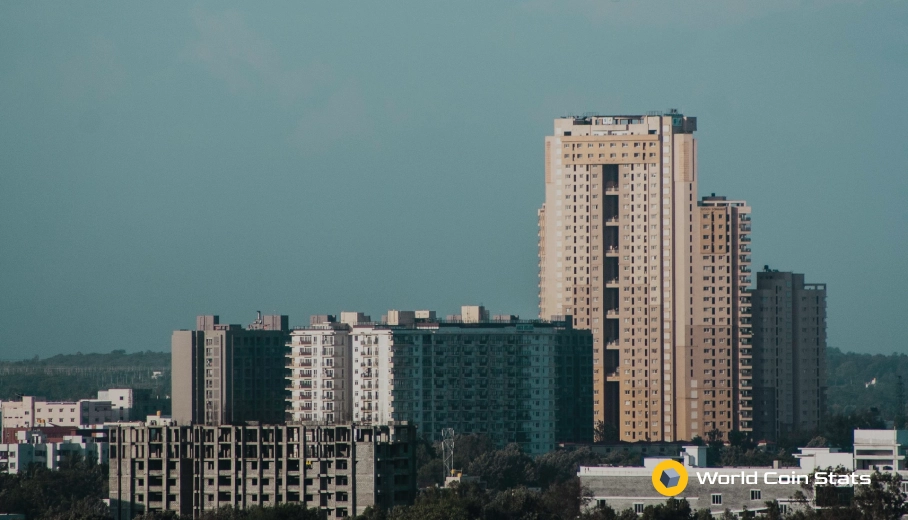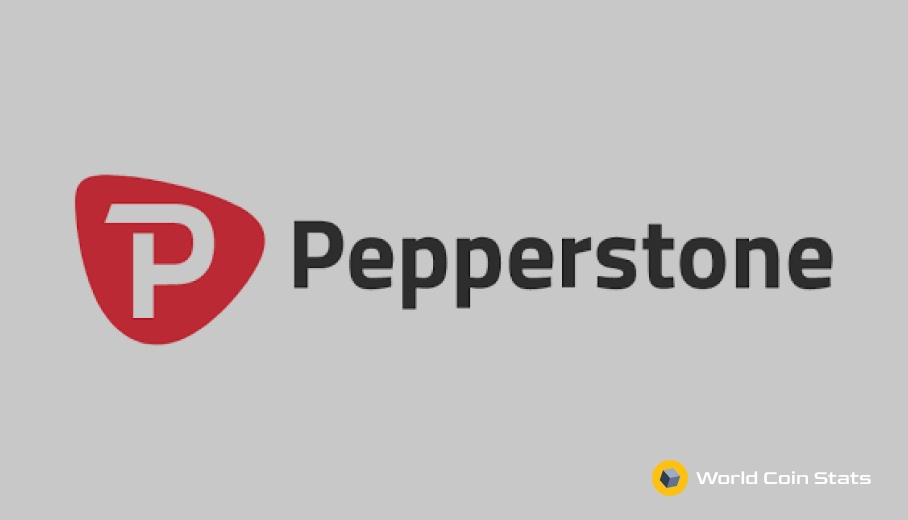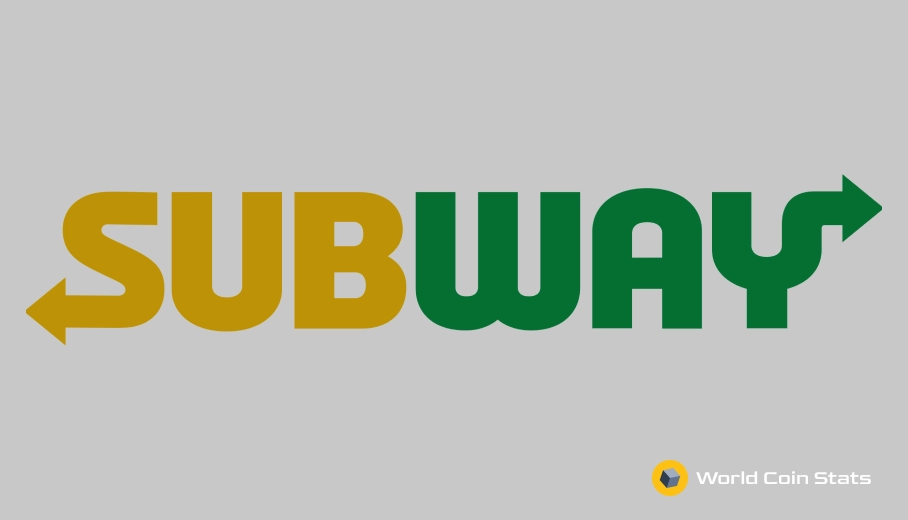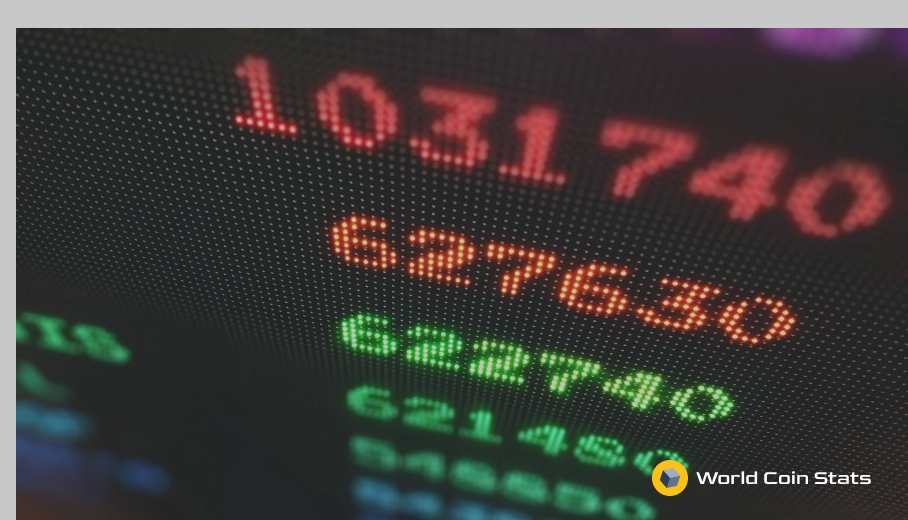Indian Stock Market Pared Gains, Ended Mostly Flat
NEW DELHI, India – The Indian stock market continues to trade flat on Wednesday, with enough share gains to pare most of its losses for the day, ending the session in range.
During the afternoon session on Wednesday, Indian stocks mostly traded flat, with the benchmark Nifty index seen trading around 11,860, while the Sensex index mostly stayed range-bound. Major losses in the metal and banking sectors were pared by advances in the IT stocks for the day.
The BSE index holding 30 shares was seen trading around 0.05% higher, going up by 19.28 points towards 40,259.16. The Nifty 50 in the NSE index was also modestly higher on Wednesday with its 0.03% increase, adding 3.60 points towards 11,860.40.
Nifty PSU Bank remained with the biggest declines of the day, taking the spot for the worst-performing index for the afternoon. It was followed by the Nifty Metal, Nifty Media, and Nifty Auto, with some of their big drops in shares. Meanwhile, the best-recorded gains for the day were with the Nifty IT, mainly boosted by advance in shares for Just Dial and NIIT Technologies.
Asian Paints, Bajaj Finserv, Bajaj Finance, GAIL, and NTPC, were the top gainers for the Nifty 50 index for the day, while the top laggards were Hero MotoCorp, L&T, Hindalco, PowerGrid, and YES Bank.
YES Bank has been one of the biggest laggards in the Indian stock market recently, and with the increasing uncertainty over the lender’s fundraising efforts, it was under heavy selling pressure during the session. The bank’s stocks were down by around 19.38% intraday, and at around 12:15 pm, it was down by 16.42 lower on the NSE.
On the other hand, the head of research from Edelweiss Securities, Aditya Narain, said that 2020 for the market is looking towards consolidation. Narain stated that the theme in the market for the coming year would include taking a bit more risk, but not all the way down.
In terms of allocations, Narain said that around 40% to 50% would be assigned towards the large-caps, while the other 30% to 40% will be allocated for mi-caps, and small-caps will receive the remainder 10% to15%.
Commenting on the carnage in mid-caps, Narain said that the presence of liquidity is one of the major challenges in the system. He further stated that expectations play a role, too, but according to him, inflation in the economy needs more boosting factors.
Until something causes the bottom-end of the economy to grow further, large-caps, mid-caps, and small-caps will continue to struggle, Narain added.




